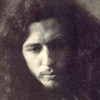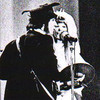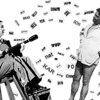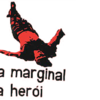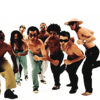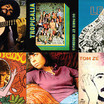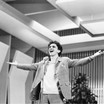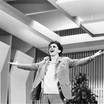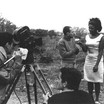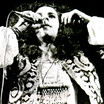Ilumencarnados seres
Três trópicos da tropicália
concretes
Augusto and his brother Haroldo, together with Décio Pignatari, formed the nucleus of a group of poets who, in the mid-fifties, launched the concrete poetry movement, a radical renewal of the modernist spirit of the twenties. These poets took a stand against the propriety of the antimodernists and anti-avant-gardists who had taken hold of Brazilian literature, first with the regionalist novelists of the thirties, and later with the poets of the so-called Generatin of’ 45.
The concrete poets felt themselves to be in synch with European musicians like Boulez and Stockhausen who, in the fifties, had revived the racionalism of the Vienna school (specially Webern), and with the painters who were following the path of Mondrian and Malevich. They valued the physical aspect of the word, creating poems to be apprehended initially as visual artifacts-on the emphasis fell on typography, color, and white space.
The appearance of the concretists provoked a scandal (O Cruzeiro, a magazine of wide circulation, talked about “the rock-n-roll of poetry”). Though they had the support of that giant of Brazilian poetry, Manuel Bandeira (who was older than the modernists, their precursor, and a master for all time), they found strong resistance among poets, literati, and scholars. But the level of the arguments they sustained was so high, their determination so unshakable that they became a tough bone of contention in the Brazilian intellectual milieu, commanding respect even where there was no receptivity.
Mais:
- » become a tropicalist
- » concretes
- » glauber rocha’s new cinema
- » goals of the movement
- » modernisms of 22
- » nara’s lindonéia
- » origins
- » talking to zé celso
- » the creative energies
- » the mpb on tv
- » the name
- » the night of “alegria, alegria”
- » baby
- » black music
- » caymmi
- » janis
- » joão gilberto
- » música popular nos anos 60
- » oswald no oficina
- » stones, beatles e dylan
- » terra em transe






